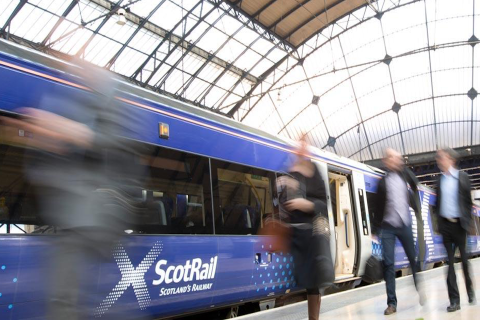Sheffield, the tram system with a little bit of train, compared

As essential track replacement works are underway on the Sheffield Supertram network, the city’s public transportation system stands out as a unique example in the UK. Unlike other tram networks in the country, the Sheffield Supertram boasts at least a short section that operates as tram-train, even thought the section isn’t in Sheffield (it serves neighbouring Rotherham). Stadler-built trams run alongside conventional trains, a distinction that is more commonly seen on the Continent, particularly in Germany.
Want to read more?
You have read all of your free premium articles for this month. Please become a subscriber to keep reading.
Subscribe now!
Take advantage of our exclusive offer to get full access to all premium content.





I don’t thing Koeln or the Ruhr have any tram-train operations, rather than being common there. Karlsruhe was the initiator and is by far the main centre (it’s often called the Karlsruhe model) with Kassel, Chemnitz and Saarbruecken also featuring.